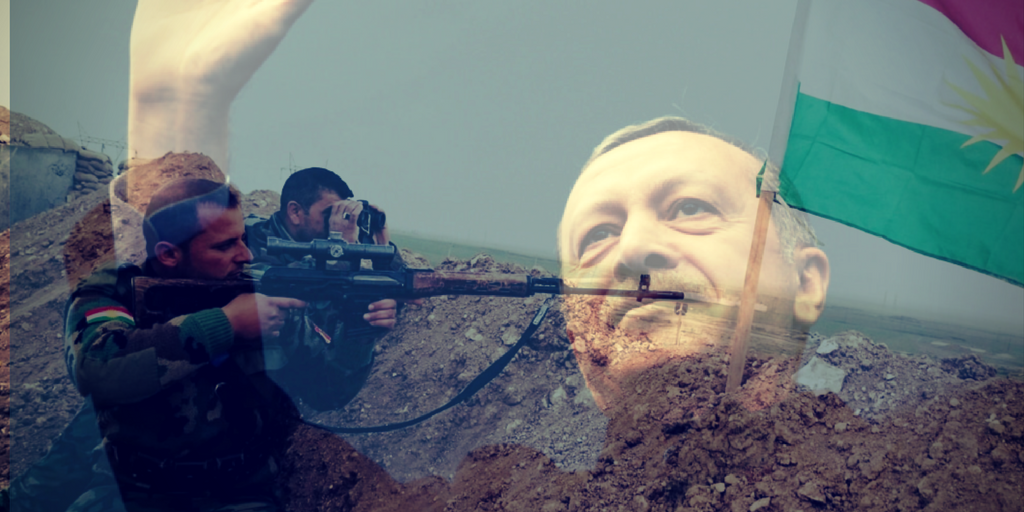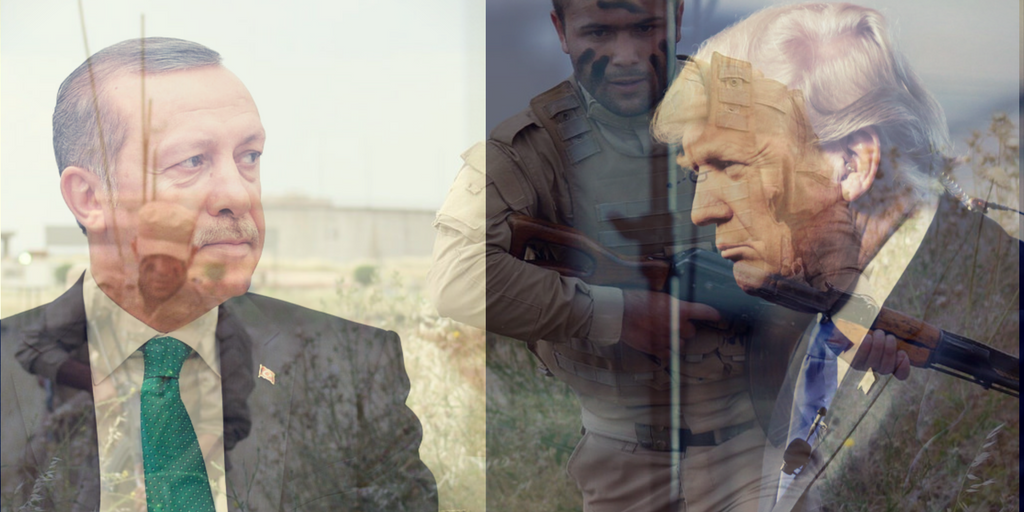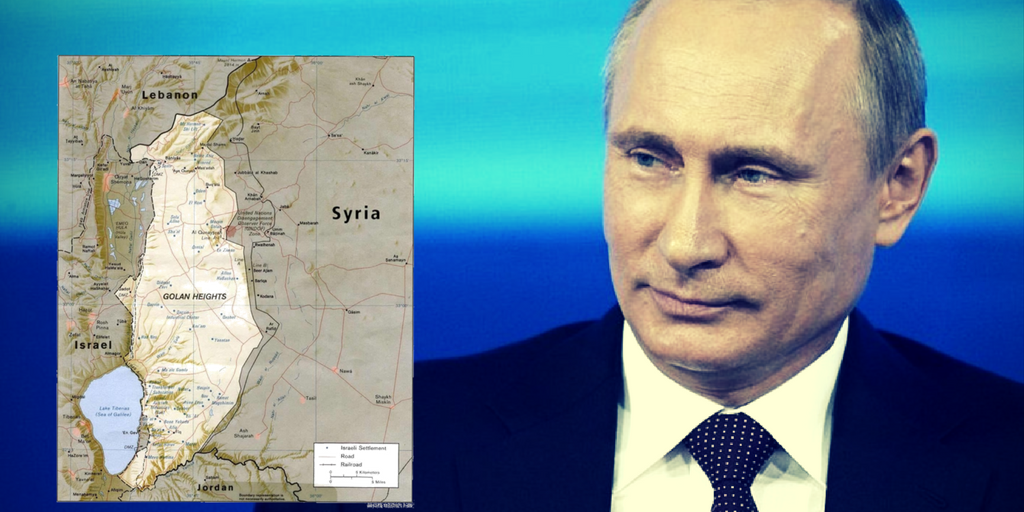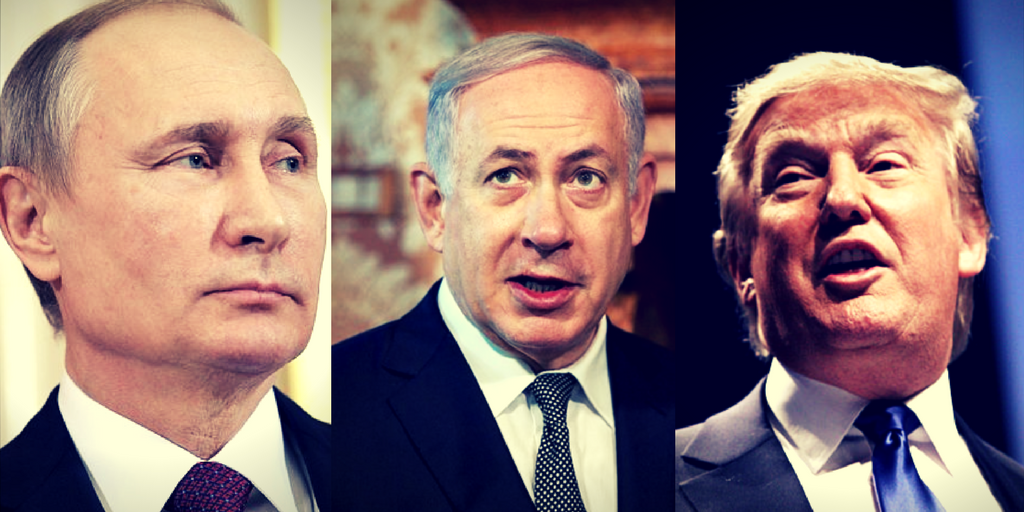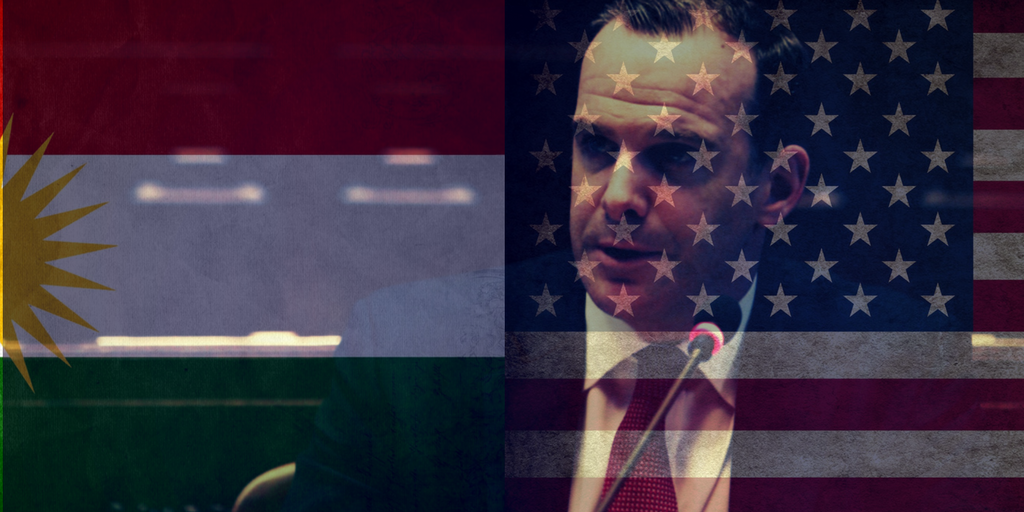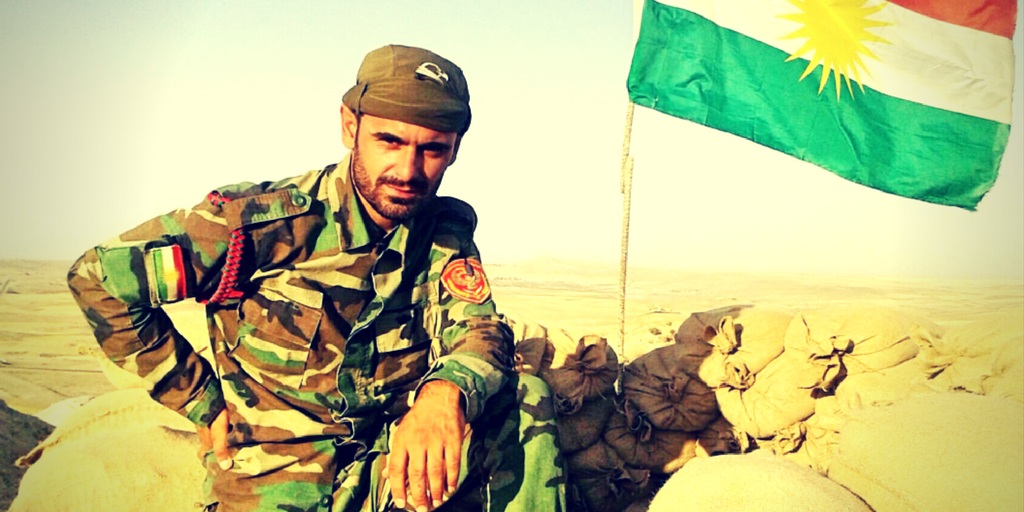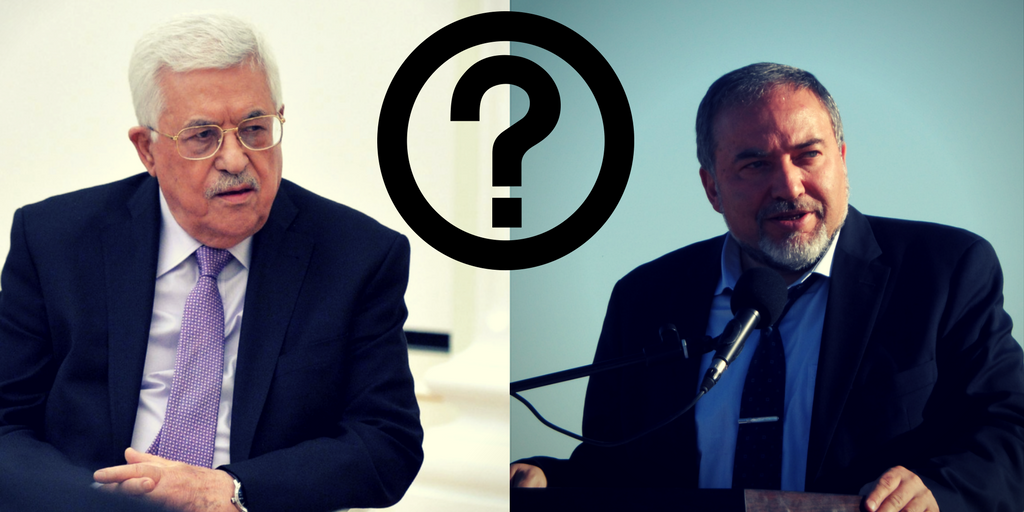The Turkish government continued to pound Southern Kurdistan, which is located in Northern Iraq. According to Rudaw, the Turkish military has been increasing bombardments in the area since Friday. The Turkish government claims it is only targeting PKK terrorists, yet this is a ploy often used by Erdgan to justify attacks on the Kurdistan Regional Government.
The latest attack was said to be carried out against PKK forces in the mountainous border area. Turkey’s Anadolu Agency news reported operations by Turkish jets in the Kurdistan Region on Sunday, “were conducted in the Zap and Matina regions Saturday evening, killing three terrorists, who were preparing for an attack.”
With the September 25th referendum fast approaching and no sign that KRG President Barzani will be able to cancel it, Turkey has begun to step up deterrence by military means instead. Already heavily involved with attempting to destablize the fledgling Kurdish autonomous area in Northern Syria through airstrikes and his Turkmen militia, the KRG area in Northern Iraq poses a challenge to Turkey.
Turkey and the KRG actually do nearly $8 billion in oil sales per year. Turkey and the Kurdistan Regional Government signed a 50-year energy deal, which resumed the flow of Kurdish oil to international markets. The deal went against Baghdad’s demands for an immediate halt to sales.
With these figures, Turkey cannot directly go against the KRG, even if a referendum will be pave the way for independence.
“Holding the referendum will not have a negative impact on the economic relationship between Turkey and the Kurdistan Region, but rather it strengthens the bilateral relation,” the KDP official told Turkey’s state-run news outlet, Anadolu Agency. The official added that the KRG is able to satisfy more than 50 percent of Turkey’s energy demands.
If this is the case, then what is Erdogan’s strategy in relation to the Kurdish Regional Government on Iraq?
After all there are more than 52 oil companies operating in the Kurdistan Region’s oil fields and more than 20 additional oil reserves are ready to operate. Erdogan cannot simply go to war with a region that supplies so much of its oil.
Turkey Wants a Kurdish Vassal State in Norther Iraq
Long suspicious of any independent Kurdish State, Erdogan and the Turkish military have opted to tacitly support a compliant Kurdistan held within what is today the KRG in order to utilize its political structure to control the Kurds drive for true independence while keeping the oil flowing into Turkey.
Turkey knows that the soon to be independent Kurdistan, held within land locked borders has only one way to get its oil out and that is though Turkey. Turkey can come off as an unlikely benefactor of a Kurdish state while controlling the very state it claims it supports. This strategy requires Turkey to cut off Western Kurdistan, which is in Northern Syria while also ciolently repressing its 20 million Kurds in Suthern Turkey.
Turkey’s continued bombardments of the KRG is a message to Masoud Barzani that he is only allowed to push for Kurdish independence in name only or else the Northern Iraqi region could end up much like Northern Syria.

